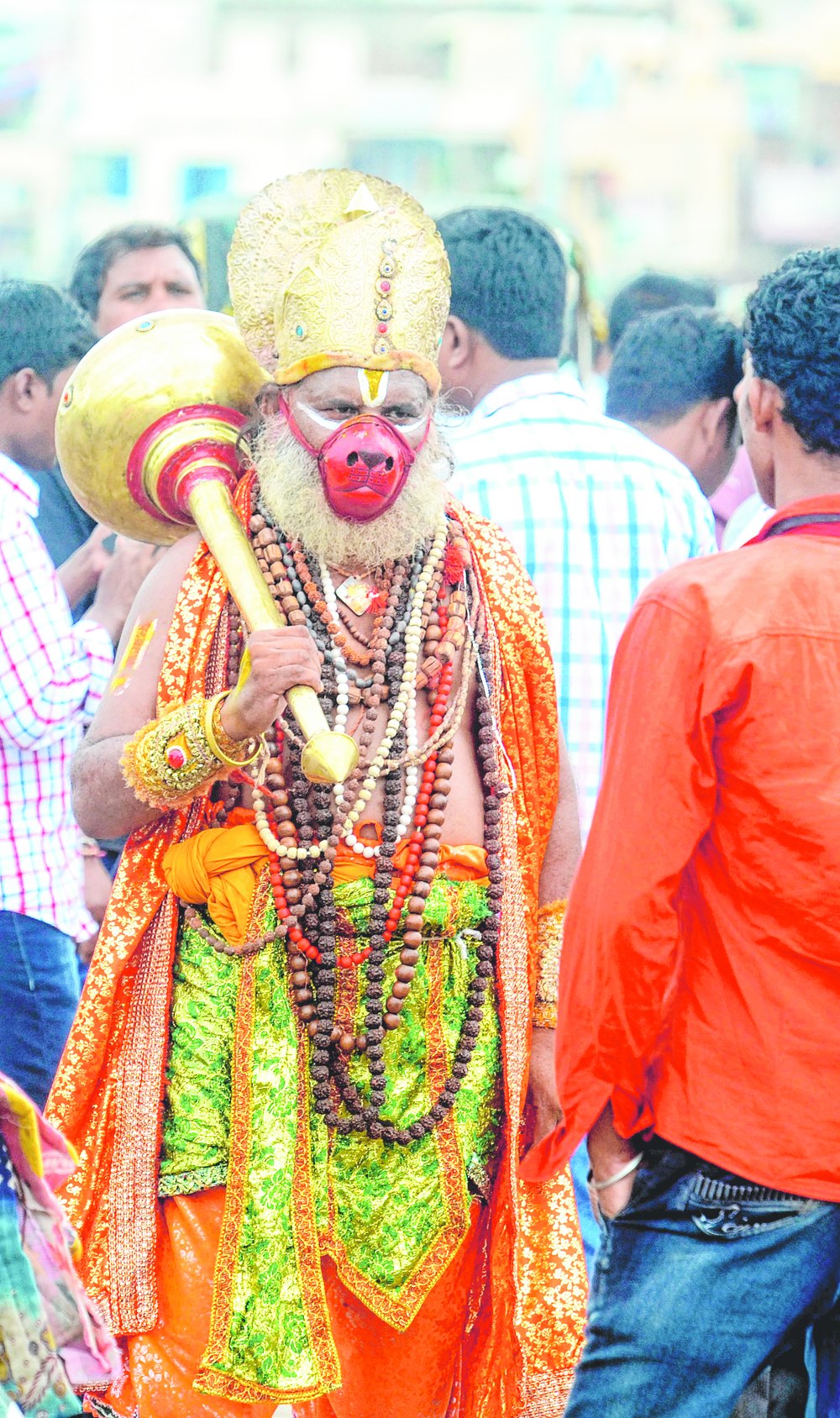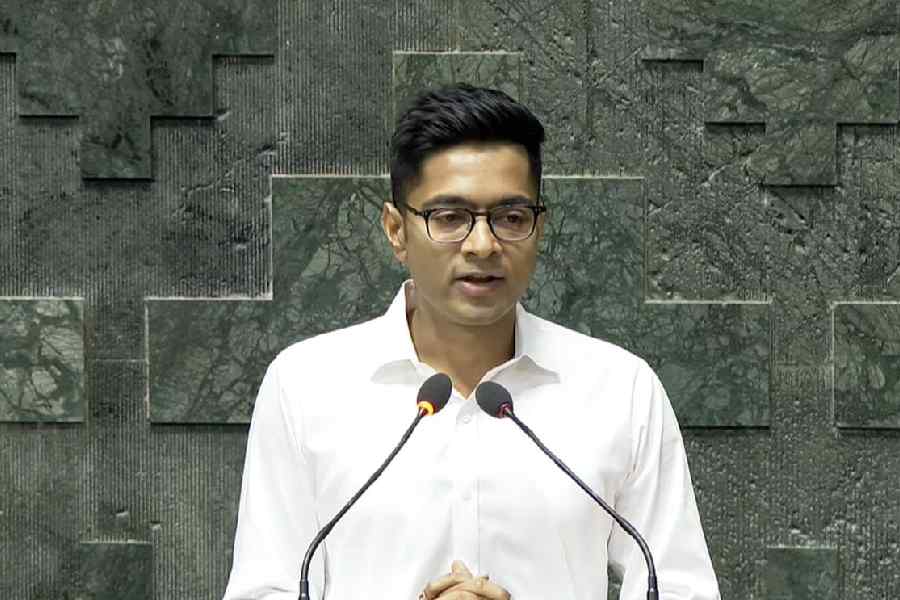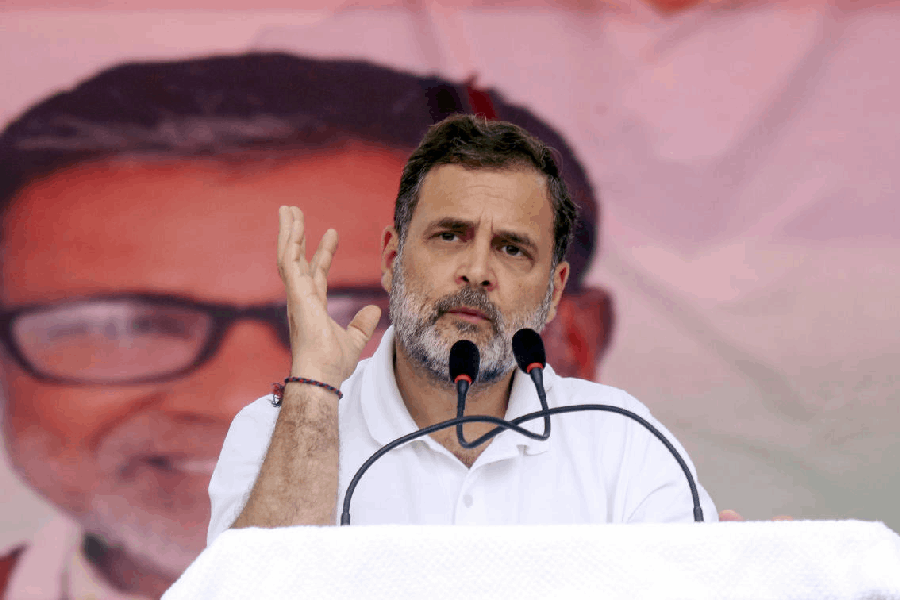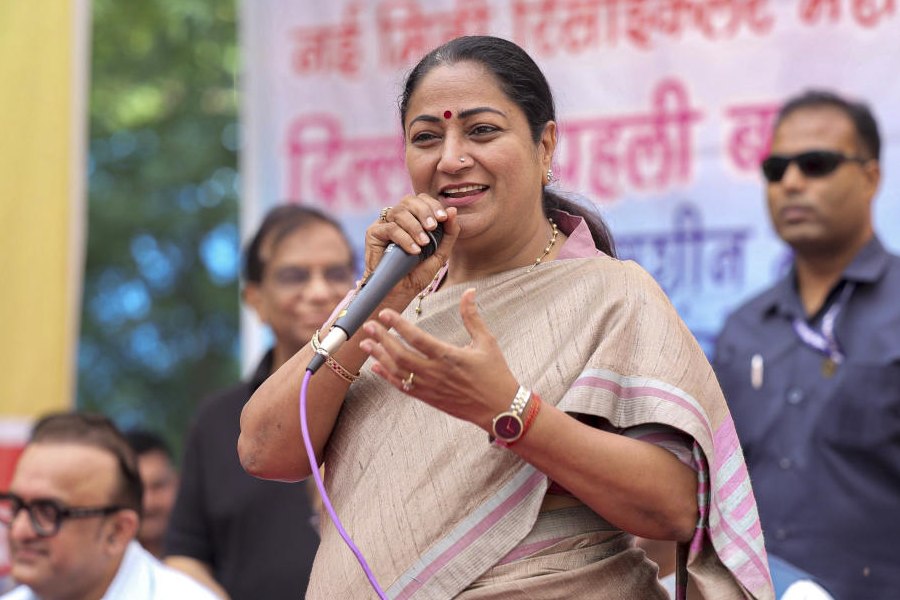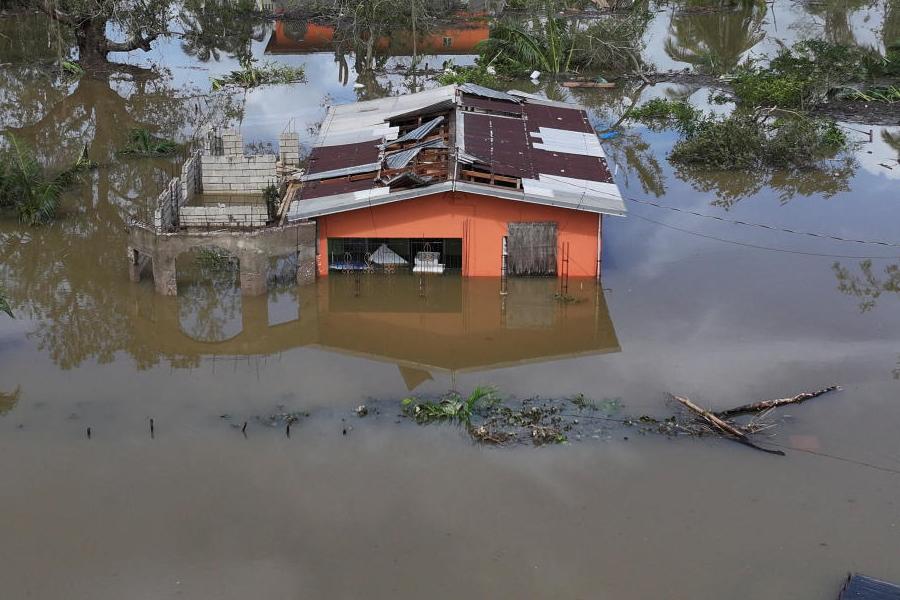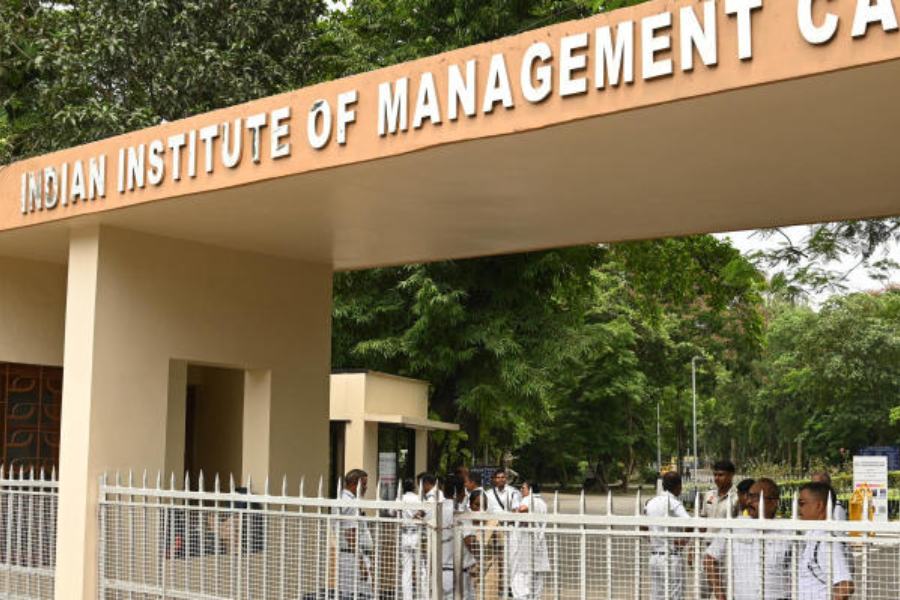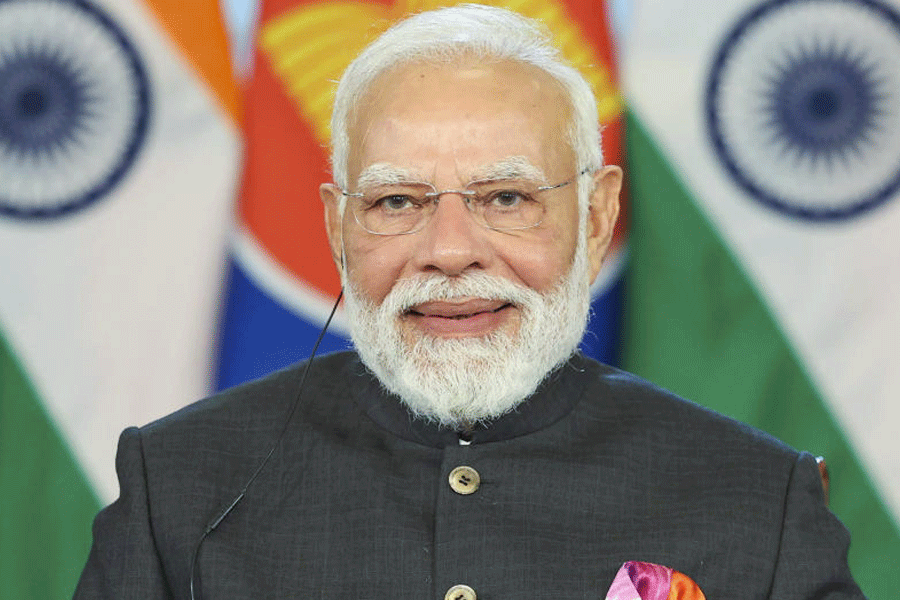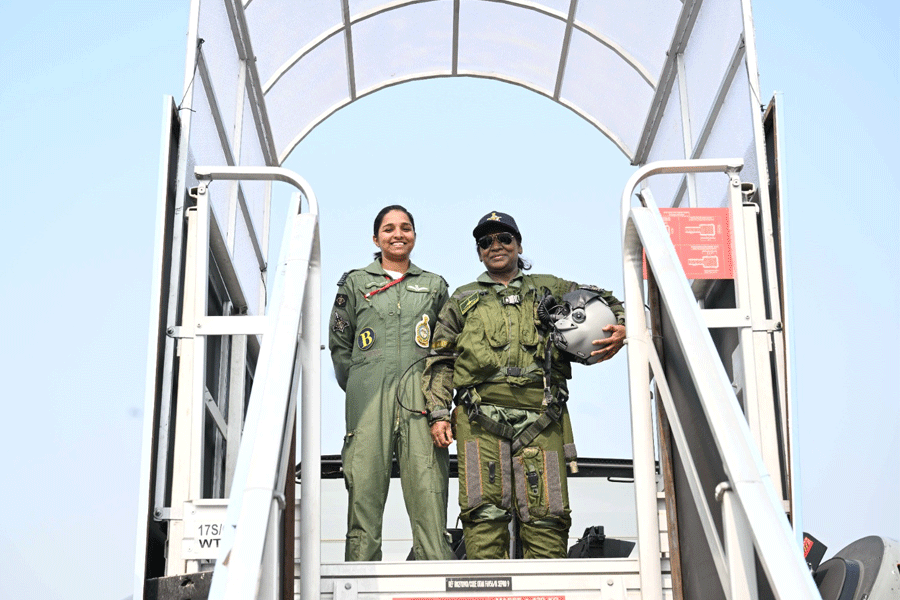
In a continuing tradition, the renewal is both a myth and a reality - myth for its aura that has been created around the tradition, interpreting it as an insular phenomenon over the time, and reality because this is handled by a group of practising artistes and performers in a changing situation.

Nabakalebar, the elaborate ritual of the new embodiment of the four wooden images of Jagannath, Balabhadra, Subhadra and Sudharsan enshrined in the temple of Puri, relates to the periodical renewal of the wooden images.
Although there are several examples of the ritual of renewal in the hinterland of Puri consisting of the erstwhile gadajatas and zamindaris (princely towns), as well as the tribal villages of Odisha, Nabakalebar of the temple of Jagannath assumes significance in the socio-religious life of the people in Odisha to an unprecedented extent.
Further, the significance gains momentum, because the theatre of the ritual covers a wide geographical area that turns into a sacred space, where a frenzy of activities happen for about three to four months involving the specialists, who are designated servitors of the Puri temple, and those, who are the devotees and spectators. This creates a psychological impact on the minds of people and arouses religious fervour.
History reveals that in 1568 when Odisha was overrun by the Muslim troops of Suleiman Karrani under the General Kalapahar (Black Mountain), the most notorious iconoclast from Bengal, the wooden images of Jagannath (and others) were taken to Bengal and publicly burnt on the bank of the Hooghly. The Madala panji narrates how an Odia named Bisara Mohanty recovered the Brahma padartha (divine essence or life substance) from the bust of the image, hid it in his mrudanga (drum) and brought it to the place named Kujanga in Odisha, where it was kept and worshipped in secret till 1586 when Ramachandra Dev of Khurdha sent for Bisara Mohanty and let the new Jagannath images be made and installed first in his own palace and later in the Jagannath temple at Puri in 1590, when a peace treaty with Mansingh was signed.
The images of Jagannath and others, installed in 1590 in Puri, are thus said to contain the same Brahma padartha, which was recovered by Bisara Mohanty from the old images.
The Nabakalebar ceremony has two important components, the ritual of identifying and felling the trees and second, the carving of the images and the transfer of the Brahma padartha from the old statues to the new. Both these activities were required to maintain the continuity of a tradition involving a psychological element of transitoriness in the wood, which is perishable like our body, and the permanence of the Brahma padartha, which is imperishable and eternal. The psychological element has in course of time got changed into a "faith-accomplishment" and is at the crux of the ceremony of Nabakalebar while the essential construction is an activity of statue making or statue renewal.
Brahma is nirakara, formless and the padartha, which is added to it to denote the life substance of the statues, must have a physical existence. Since the transfer of this life-substance is carried out secretly only with the help of a counted few servitors, the mystery continues with this ritual and this makes the artistic activity mythical attached to a sense of wonder.
Though there is no direct reference to Nabakalebar in the Purushottama Mahatmya of Skanda Puran. Yet there is an indirect hint in the Indradyumna legend that points in the direction that fashioning of the images was not an event, which took place only once at the time of Indradyumna, but a recurring incident.
According to the verse, a divine voice instructs King Indradyumna to let the musical instruments be played outside the place where the wooden images are being fashioned, so that the people may not hear the sound of the wood being worked upon. A person, who hears this sound (and sees them being carved) becomes deaf and blind. Besides, his progeny is destroyed and he has to remain (for long) in hell. Nobody should enter the place of workshop and should not see the carving activity. If anybody other than those entrusted with the task watches it, it brings great calamity to the king, the state and to the person himself.
The above scriptural instructions seem justified and relevant to the contemporary practices. The reference, however, is not sufficient to show that the images were fashioned regularly at the time of double Asadha.
Notwithstanding the historical skirmishes, those had necessitated the carving of new images at irregular intervals or even the hint to carving of images in the Skanda Puran, changing of wooden images is a dire physical necessity due to the perishable nature of the wood. Moreover in the case of images carved of wood in worshipable conditions become vulnerable and require replacements at regular intervals. There is no mystery and myth attached to such practices of replacements and renewals. Only when the images are extremely popular and are connected with royalty of the land and supported by strong priesthood and governance, then the simple replacements assume extraordinary proportions of a gradually built myth.
The Puri Nabakalebar is extremely important to be sustained at a higher mythical level involving the state and the administration and making huge expenditure that at times escapes logistics.
There can't be any logicality in ascertaining the Brahma padartha within the working of the myth. Even a historical analysis will not be able to lead us to a logical conclusion. Therefore, to try to unravel the mystery is a misnomer. After witnessing the ritual of changing the Brahma padartha in shrines operating at the regional level, I have reached a conclusion that the life substance that is removed from the old images and placed in the new ones is a form of energy that could be felt and experienced and not seen as a material substance.
I would like to illustrate two to three occasions of Nabakalebar, I have experienced during the observation of the Art of Renewal in Chitrakara, traditional painters' workshops in South Odisha. In the home shrine of Radha Krishna in the town of Paralakhemundi, the ritual of Nabakalebar was observed in a very convincing manner. Before the worshipped wooden deities of Radha and Krishna were handed over to the traditional painters for repair, repaint and renewal, the life substance was removed by the help of a metal mirror on which the pran, (life substance) was reflected and was placed in the shrine for worship. After the deities were made anew, they are brought back to the shrine and the life substance that had remained with the metal mirror was now transferred after which the deities were alive again to receive the offerings.
Nabakalebar is also a recurring ritual with the painted images of Goddess Kali and Mangala. Kali is worshipped in the Akhada ghara, theatre practice hall of the Dandanata groups. Kali is a painted image on a bamboo mat that is carried in a month-long procession by the group - which is renewed each year in April. The new image is received from the painter's workshop and brought to the theatre practice hall, and before placing it on the altar is kept face to face with the old image.
These two images are held in tight embrace while the priest utters some mantras for a period of 10 to 15 minutes. During this time, the life substance is transferred automatically after which the old Kali image is immersed in the pond or river.
Mangala, the presiding deity of the temple of Jagannath in Puri and who has a determining role in the Nabakalebar festival, is worshipped in various forms such as a pata painting, a wall mural, and even as a painted clay image at the village-level shrines. These images are renewed annually. At the end of the yearly ritual, the throats of the old images are slit and the Brahma padartha of the images are stored as areca nuts in an earthen pot till a new mural comes up or a Mangala pata is executed by a traditional artist. Several such examples could be cited.
Nabakalebar is a universal ritual in temples and shrines where worshipped images are made out of fragile materials such as clay, wood and cloth (pata paintings). To make the simple artistic process of renewal appear grandiose, a number of myths are woven around it as is the case with the temple of Jagannath in Puri.
(The author is an art historian)

